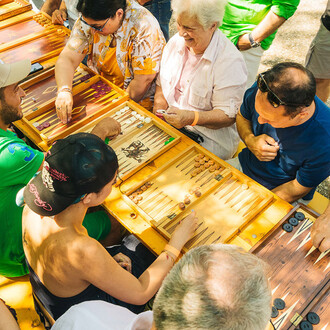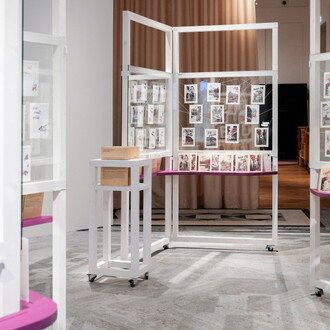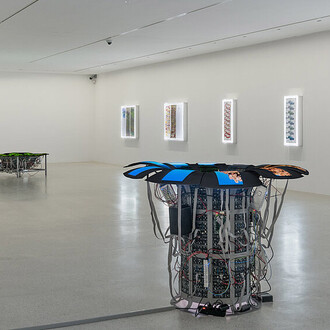Towards the end of the 19th century, three women succeeded in gaining recognition and fame as independent painters. Along with Tina Blau and Marie Egner, it was especially the oeuvre of Olga Wisinger-Florian (1844–1926) that formed part of the avant-garde of landscape painting from the 1880s onwards. A multi-talented artist, Olga Florian hailed from a middle-class home and initially pursued a career as a pianist, which she had to cut short in 1874 due to a hand injury. Following her marriage to the Viennese pharmacist Franz Wisinger, she turned to painting and, as was customary, received private lessons. From 1880 she became part of the inner circle of Emil Jakob Schindler (1842–1892).
In addition to landscapes and interiors, the artist primarily explored the motif of flowers. A subject typically associated with the feminine, it became the basis for Wisinger-Florian’snew painterly direction. Using sharp perspectives and distant horizons, she experimentedwith new experiences of space and vision. Parallels to photography can be identified in heraffinity for close-up views, the precise details of which she blurred especially in her lateoeuvre in favor of a ground-breaking color Expressionism.
Olga Wisinger-Florian, who was also committed to women’s rights, was among the most highly decorated artists of her time and counted the high nobility and the imperial family among her clients. Today, her works are housed at the Belvedere, the Leopold Museum, the Niederösterreichisches Landesmuseum, the Neue Pinakothek in Munich, and in important private collections in Austria and Germany. The Leopold Museum is the first museum to present a comprehensive solo exhibition of the artist in the spring of 2019. The show is supplemented by photographs and documents, especially her meticulously kept diaries, which provide unique insights into the artist’s world of thought and the evolution of her art.
















